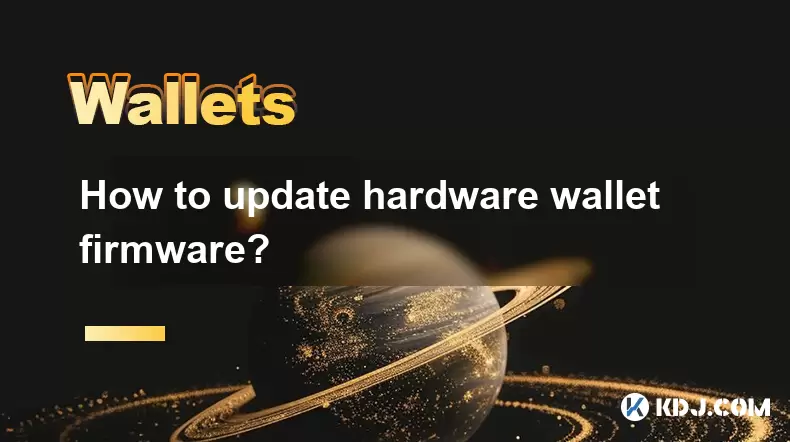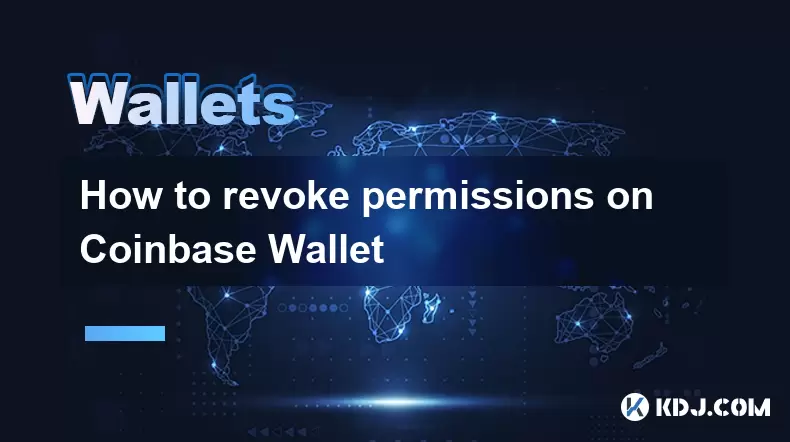-
 Bitcoin
Bitcoin $118,698.3676
0.16% -
 Ethereum
Ethereum $3,428.4877
5.97% -
 XRP
XRP $3.2496
9.52% -
 Tether USDt
Tether USDt $1.0002
0.00% -
 BNB
BNB $725.6930
4.36% -
 Solana
Solana $174.8923
4.52% -
 USDC
USDC $0.9997
-0.02% -
 Dogecoin
Dogecoin $0.2139
6.02% -
 TRON
TRON $0.3155
4.62% -
 Cardano
Cardano $0.8045
7.12% -
 Hyperliquid
Hyperliquid $46.6582
-1.72% -
 Stellar
Stellar $0.4676
0.80% -
 Sui
Sui $4.0143
0.38% -
 Chainlink
Chainlink $17.1546
2.97% -
 Hedera
Hedera $0.2458
3.27% -
 Bitcoin Cash
Bitcoin Cash $496.5967
-0.06% -
 Avalanche
Avalanche $22.8813
3.13% -
 Shiba Inu
Shiba Inu $0.0...01439
3.42% -
 UNUS SED LEO
UNUS SED LEO $8.8389
0.42% -
 Toncoin
Toncoin $3.2113
2.82% -
 Litecoin
Litecoin $101.2646
4.24% -
 Polkadot
Polkadot $4.2262
2.32% -
 Monero
Monero $340.4295
2.92% -
 Pepe
Pepe $0.0...01365
2.92% -
 Uniswap
Uniswap $8.9702
-2.78% -
 Bitget Token
Bitget Token $4.7675
2.00% -
 Dai
Dai $0.9998
-0.02% -
 Ethena USDe
Ethena USDe $1.0003
-0.04% -
 Aave
Aave $324.6394
-2.11% -
 Bittensor
Bittensor $433.6051
-0.88%
How to update hardware wallet firmware?
Updating your hardware wallet’s firmware is essential for security, compatibility, and performance—ensuring protection against threats and support for new cryptocurrencies.
Jul 17, 2025 at 11:00 pm

Understanding Hardware Wallet Firmware
A hardware wallet is a physical device used to securely store cryptocurrencies offline. These wallets come with built-in software, known as firmware, which ensures the device functions correctly and remains secure against potential threats. Firmware updates are crucial for maintaining the security and functionality of your hardware wallet. These updates often include patches for vulnerabilities, improvements in user interface, support for new cryptocurrencies, or enhancements in transaction signing mechanisms.
Before proceeding with any update, it’s essential to understand that firmware is different from the applications or interfaces you use on your computer or mobile phone. It resides directly on the hardware and requires specific procedures to modify safely.
Why Updating Firmware Is Important
Regularly updating your hardware wallet’s firmware is vital for several reasons. First, security enhancements are frequently included in these updates to protect against newly discovered exploits or malware targeting crypto users. Second, compatibility improvements ensure your wallet supports the latest blockchain protocols and tokens. Third, performance optimizations can make transactions faster and more efficient.
Some users may neglect firmware updates due to fear of losing access to their funds. However, most reputable hardware wallet providers design their update processes to be non-destructive, meaning they don’t erase your private keys or recovery phrases during the process. Still, it’s always wise to double-check this information before initiating an update.
Preparation Steps Before Updating
Before attempting to update your hardware wallet’s firmware, follow these preparation steps:
- Ensure your device is fully charged: A sudden power loss during an update can damage the firmware.
- Use a trusted computer: Avoid using public or shared computers for firmware updates. Always use a clean, virus-free machine.
- Download the official software: Only use the software provided by your wallet’s manufacturer (e.g., Ledger Live for Ledger devices, or BitBoxApp for Shift Crypto).
- Back up your recovery phrase: Even though firmware updates typically do not affect your private keys, having a backup is essential.
- Check your internet connection: Ensure a stable connection to download the latest firmware files without interruption.
These precautions help prevent issues such as corrupted downloads or failed installations that could leave your wallet unusable.
Step-by-Step Guide to Updating Firmware
The exact procedure for updating firmware varies slightly depending on the brand of your hardware wallet. Below is a general guide applicable to most popular models like Ledger, Trezor, and BitBox:
- Connect your hardware wallet to your computer via USB.
- Open the official application associated with your wallet (e.g., Ledger Live, Trezor Suite, or BitBoxApp).
- Navigate to the settings or device management section within the app.
- Check for available firmware updates — the app will usually notify you automatically if one is available.
- Confirm the update and wait while the firmware is downloaded and installed.
- Do not disconnect the device until the update completes successfully.
- Once finished, verify the firmware version in the app to ensure the update was applied correctly.
If prompted, confirm the update on your hardware wallet itself using the physical buttons. Some devices require manual verification to prevent unauthorized changes.
Troubleshooting Common Firmware Update Issues
Despite following all instructions carefully, some users may encounter issues when trying to update their hardware wallet firmware. Here are common problems and how to resolve them:
- Device not recognized by the software: Try a different USB cable or port. Some cables only charge and do not transfer data.
- Update fails midway: Restart both the hardware wallet and the software. Ensure no background programs are interfering with USB communication.
- No update notification appears: Manually check for updates in the app settings. If none appear, your firmware might already be up to date.
- Wallet becomes unresponsive after update: Disconnect and reconnect the device. If the issue persists, refer to the manufacturer's troubleshooting documentation or contact support.
- Recovery phrase doesn't work after update: This should never happen unless there was an error unrelated to the firmware update. Double-check that you entered the phrase correctly and in the right order.
If you're unsure about any step or encounter unexpected behavior, consult the official support resources rather than guessing or experimenting.
Frequently Asked Questions
Q: Can I update my hardware wallet firmware without a computer?
Most firmware updates require a computer connection because the necessary software tools aren’t available on mobile operating systems. However, some newer models allow limited updates through companion apps on smartphones, although this isn’t standard practice yet.
Q: How often should I update my hardware wallet firmware?
You should update whenever a new firmware version is released, especially if it includes critical security fixes. Most manufacturers release updates every few months. Enable notifications in your wallet software to stay informed.
Q: Will updating firmware remove my cryptocurrency balance?
No, updating firmware does not affect your stored cryptocurrencies or private keys. Your funds remain on the blockchain and are tied to your recovery phrase, which is unaffected by firmware changes.
Q: What happens if I skip a firmware update?
Skipping updates may leave your wallet vulnerable to exploits or prevent it from supporting new coins and features. While your funds remain safe, you risk missing out on important security improvements and compatibility upgrades.
Disclaimer:info@kdj.com
The information provided is not trading advice. kdj.com does not assume any responsibility for any investments made based on the information provided in this article. Cryptocurrencies are highly volatile and it is highly recommended that you invest with caution after thorough research!
If you believe that the content used on this website infringes your copyright, please contact us immediately (info@kdj.com) and we will delete it promptly.
- Shiba Inu, AI Tokens, and the Meme Coin Mania: What's Next?
- 2025-07-18 03:50:12
- XRP's Wild Ride: Chasing ATHs and Cloud Mining Dreams in the Crypto Jungle
- 2025-07-18 02:30:13
- MoonBull, Crypto Gains, and MEW Volume: What's Buzzing in the Meme Coin World?
- 2025-07-18 02:35:12
- Crypto Market, Bull Market, and Policy: Navigating Trump's 'Crypto Week' Rollercoaster
- 2025-07-18 01:50:12
- Winning Design: Nine-Year-Old's Art Becomes a Chocolate Coin!
- 2025-07-18 01:10:12
- Penguin Power, BlockDAG Boldness, and Uniswap's Upswing: Decoding Crypto's Latest Moves
- 2025-07-18 01:50:12
Related knowledge

Does Coinbase Wallet have a desktop app?
Jul 18,2025 at 12:08am
Understanding Coinbase Wallet and Its Core FeaturesCoinbase Wallet is a non-custodial cryptocurrency wallet developed by Coinbase, one of the leading ...

How to revoke permissions on Coinbase Wallet
Jul 18,2025 at 02:00am
What Does It Mean to Revoke Permissions on Coinbase Wallet?In the context of Coinbase Wallet, revoking permissions refers to removing access that dece...

How to find my seed phrase on Coinbase Wallet
Jul 18,2025 at 01:50am
What is a Seed Phrase in Cryptocurrency?A seed phrase, also known as a recovery phrase, is a list of words (usually 12 or 24 words) that serves as a b...

How to transfer from Coinbase to Coinbase Wallet
Jul 18,2025 at 12:36am
Understanding Coinbase and Coinbase WalletCoinbase is a centralized cryptocurrency exchange where users can buy, sell, and store various digital asset...

How to find my 12 word phrase on Coinbase Wallet
Jul 17,2025 at 10:43pm
Understanding the 12 Word Phrase in Coinbase WalletThe 12-word phrase, also known as a recovery phrase or seed phrase, is a critical component of cryp...

How to find my 12 word phrase on Coinbase Wallet
Jul 18,2025 at 01:56am
Understanding the 12 Word Phrase in Coinbase WalletThe 12-word phrase, also known as a recovery phrase or seed phrase, is a crucial component of your ...

Does Coinbase Wallet have a desktop app?
Jul 18,2025 at 12:08am
Understanding Coinbase Wallet and Its Core FeaturesCoinbase Wallet is a non-custodial cryptocurrency wallet developed by Coinbase, one of the leading ...

How to revoke permissions on Coinbase Wallet
Jul 18,2025 at 02:00am
What Does It Mean to Revoke Permissions on Coinbase Wallet?In the context of Coinbase Wallet, revoking permissions refers to removing access that dece...

How to find my seed phrase on Coinbase Wallet
Jul 18,2025 at 01:50am
What is a Seed Phrase in Cryptocurrency?A seed phrase, also known as a recovery phrase, is a list of words (usually 12 or 24 words) that serves as a b...

How to transfer from Coinbase to Coinbase Wallet
Jul 18,2025 at 12:36am
Understanding Coinbase and Coinbase WalletCoinbase is a centralized cryptocurrency exchange where users can buy, sell, and store various digital asset...

How to find my 12 word phrase on Coinbase Wallet
Jul 17,2025 at 10:43pm
Understanding the 12 Word Phrase in Coinbase WalletThe 12-word phrase, also known as a recovery phrase or seed phrase, is a critical component of cryp...

How to find my 12 word phrase on Coinbase Wallet
Jul 18,2025 at 01:56am
Understanding the 12 Word Phrase in Coinbase WalletThe 12-word phrase, also known as a recovery phrase or seed phrase, is a crucial component of your ...
See all articles

























































































